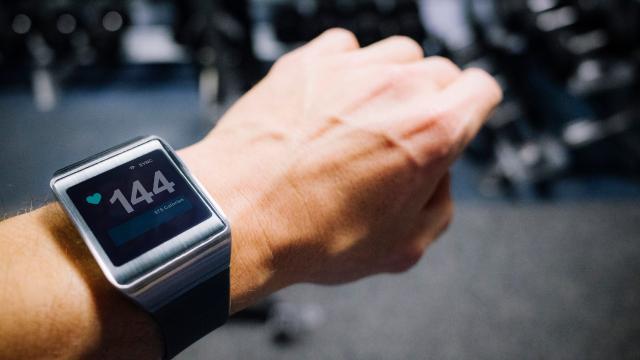A priority in the research of the COVID-19 pandemic is finding new ways to detect infections quickly and reliably. This has turned some researchers towards the effectiveness of wearable technology, such as smartwatches, in detecting early symptoms.
A study published by researchers from Mount Sinai in the US found that an Apple Watch may be able to detect COVID-19 symptoms up to a week earlier than current testing methods via heart rate monitoring. This raises the inevitable question: can your smartwatch really tell you if you’re infected?
We checked in with some of the Australian researchers in this area to get their thoughts on COVID-19 detection through smart devices in Australia.
What symptoms can wearables detect?
One of the primary studies into the effectiveness of wearable tech is the DETECT Australia study, which is the Australian branch of an international research effort.
The study aims to determine whether changes in an individual’s heart rate, physical activity or sleep patterns tracked via a wearable device, such as a Fitbit or Apple Watch, can provide early indications of influenza-like illness, including COVID-19.
Professor Emmanuel Stamatakis is the project lead for DETECT Australia from the University of Sydney. He told Gizmodo Australia via email that certain indicators, like a rise in resting heart rate, can indeed be early precursors to infections:
“Influenza-like illness commonly causes resting heart rate increases prior to any other symptoms appearing (eg. fever or sore throat). Devices like smartwatches that monitor continuous heart rate, movement (physical activity) and sleep patterns can detect early signs of such conditions… The combination of such real-time wearable tracker data can be very useful during outbreaks as it may provide early prompts for infected people to self-isolate and minimise the spread of the disease.”
Findings published by the DETECT study in the US found that these physical measurements captured by smartwatches were able to “significantly improve the distinction between symptomatic individuals with and without a diagnosis of COVID-19 beyond symptoms alone.”
Stamatakis made it clear that a change in something like resting heart rate isn’t a sole indicator of an infectious disease like COVID-19:
“At the individual level, an elevated resting heart rate is not necessarily a sign of infectious disease and it could be due to acute stressful events and other psychological triggers. But if during an infectious disease outbreak there are consistent changes in the HR and physical activity or sleep patterns of the population the chances are that these occur due to the spread of the disease.”
Another study from the US found that the data collated from Fitbits was able to significantly improve predictions and early detection for influenza-like illnesses in participants from five different states.
Given these findings, it’s been proven that wearable data can make a difference in detecting infectious diseases, similar to COVID-19.
The future of smartwatches and illness detection
Smartwatches are evolving significantly with each generation. ECG monitoring was introduced on the Apple Watch years ago in the US but was only recently approved for use by the Therapeutic Goods Administration (TGA) in Australia.
With these sorts of health monitoring functions already displayed in wearables, logically it’s only a matter of time before they include detection methods for COVID-19 or other illnesses as well.
Naturally, these sorts of features will come down to TGA approval. A TGA spokesperson told Gizmodo Australia that there are currently no smartwatches included in the ARTG for the detection of COVID-19.
However, the regulator did say that “there is the potential for wearables that can provide evidence to demonstrate that they perform as intended, to play a greater role in the monitoring of various health conditions and diseases.”
Professor Stamatakis was similarly optimistic about the future of smartwatches and their capabilities. He said that a wearable will not be able to replace the diagnosis of a trained medical professional but that they still have the potential to assist with early detection.
“The great research the Scripps Institute has done with Fitbit’s support show that, at the population level, wearable trackers have great potential to assist with early detection and spread of infectious diseases like COVID-19. I expect that as wearable technologies constantly improve we will be able to use such devices to flag potential symptoms of other conditions such as cardiovascular problems and sleep apnoea, to prompt people to seek medical advice and further testing.”
How to get involved with DETECT Australia
In order to obtain this data, these studies need participants to willingly record their symptoms and contribute wearable data. Given that we have an Australian research team onboard it’s easy for Aussies to get involved in this study and contribute to research for COVID-19 and beyond.
Professor Stamatakis said the DETECT Australia study is looking for volunteers:
“The DETECT Australia Health Study is currently recruiting people who own wearable trackers and/or smartphones. We are very thankful to our friends at Fitbit who introduced us to this study.”
Anyone in Australia who is over the age of 18 and uses a smartphone and a connected Fitbit, Apple Watch, Garmin or another wearable device can participate.
Volunteers can download the MyDataHelps app on their device or visit the DETECT Australia website for more details on how to get involved.
